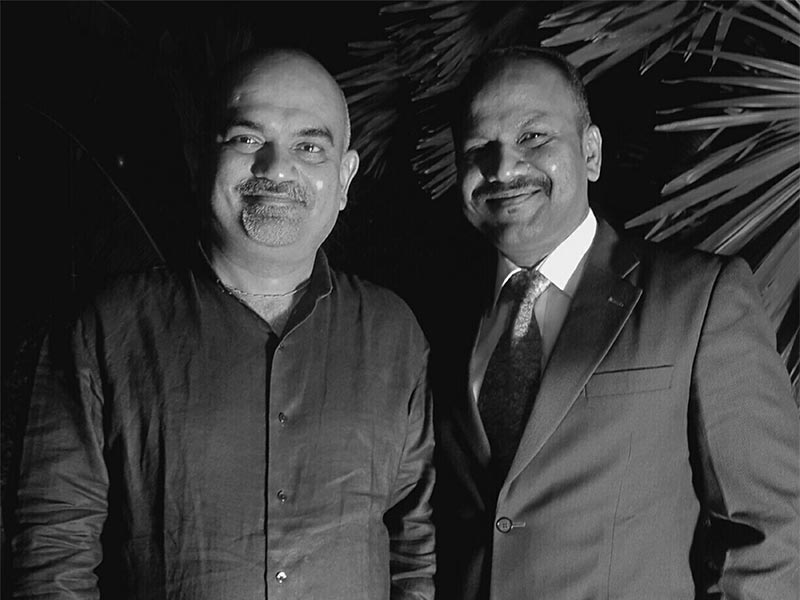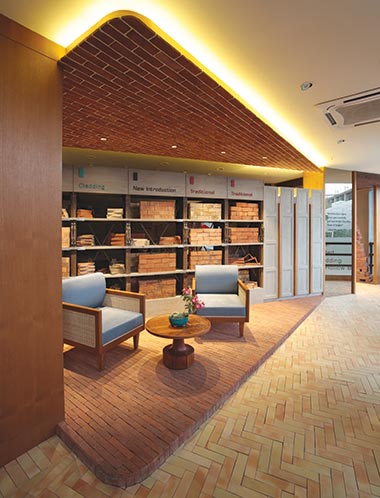
Architecture is all about space and form, and building materials are integral to the final aesthetic and functional outcome of a building, but as Mies Van de Rohe very rightly said: “Less is more.” Architects strive for better and newer materials that can be seamlessly built upon, not realising that one of the easiest ways to achieve an industrial look is to use brick, concrete and stone, all of which are versatile materials. The plain old concrete and brick, once considered dull and devoid of any aesthetic value, is now available in a new, upgraded, polished version, and is being extensively used in modern interior and exterior designs. In fact, the material palette is overflowing with new and fancier materials, making it more and more difficult to be minimalistic.
As per a layman’s understanding, an industrial unit is a manufacturing enterprise engaged in a particular field or product line. However, as architects, we take the opportunity to break the typical mind-set by redefining a manufacturing unit as a space that houses professionals and skilled labourers

The trend of being organic has infiltrated into every aspect of architecture from spaces to materials. Inclusion of green spaces in the interiors, while being sensitive to the outdoors, having more openings on a facade for more light and ventilation in the building, introducing green pockets and courtyards for a venturi effect leading to increased air flow through the building for a cooling effect, and also for visual interest and breaking the monotony of industrial work.
The scope of development in future for architecture in any typology of building is vast.















